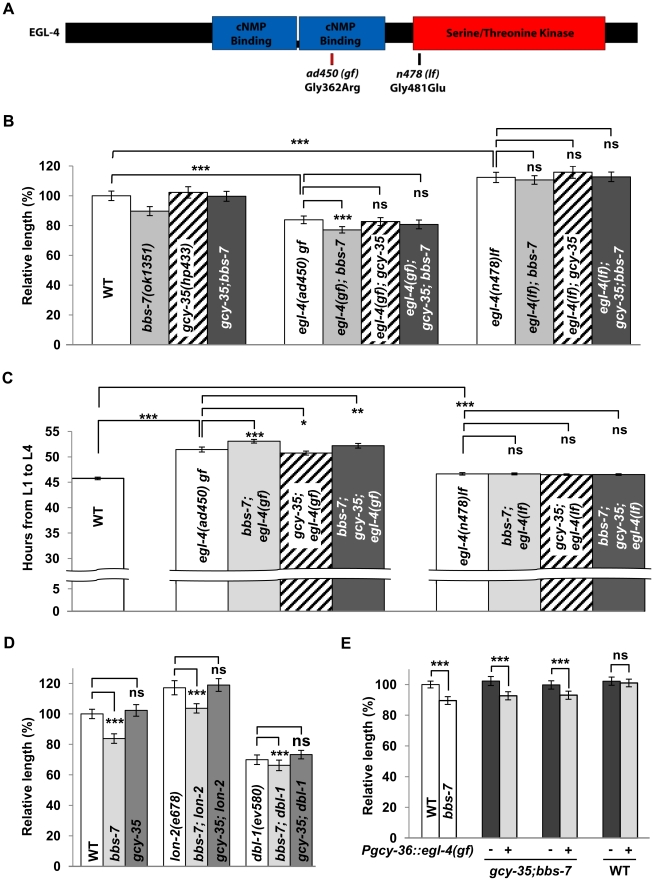Figure 4. EGL-4 is an effector of GCY-35/GCY-36 in influencing body length and developmental timing.
(A) A schematic of EGL-4 showing allelic information on the ad450sd (gain-of-function) and n478 (loss-of-function). egl-4(gf) and egl-4(lf) are epistatic to bbs-7(ok1351) (gray bars), gcy-35(hp443) (diagonal striped bars) and gcy-35;bbs-7 (dark bars) for both body size (B) and developmental timing (C). ANOVA with Tukey, *** p<0.001; ns – p≥0.05 or body length difference <3.5%. For body length, data represent mean ± SD normalized against wild-type body length, n≥20. For developmental timing, data represent mean (hours) ± SD, n≥50, N≥10 replicates. (D) Loss of function mutations in the TGF-β pathway (BMP-5/dbl-1 and lon-2, white bars) had an additive effect on regulating body size in conjunction with bbs mutants (light bars), while being unaffected by the loss of gcy-35(ok769) (dark bars). ANOVA with Tukey, *** p<0.001; ns – p≥0.05, n≥20. Data represent mean ± SD normalized against wild-type body length. (E) The transgenic expression (+, light bars) of egl-4(gf) in body cavity neurons reverted the body size suppression in gcy-35;bbs-7 in comparison to non-transgenic siblings (−, dark bars). EGL-4(gf) expression within body cavity neurons did not affect the body size of wild-type transgenic controls. ANOVA with Tukey, *** p<0.001; ns – p≥0.05, n≥20. Data represent mean ± SD normalized against wild-type body length.

